Photos: The New Amphibian Tree of Life
Scientists revise outdated taxonomy
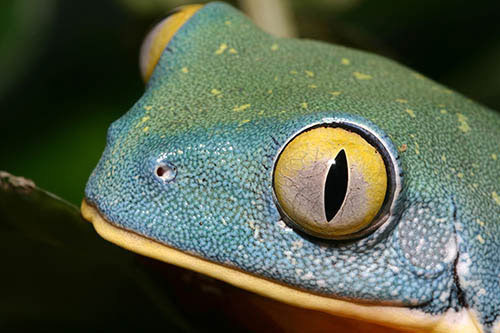
Six American Museum of Natural History biologists, including Darrel Frost, and 13 colleagues have completed the largest analysis ever of the evolutionary relationships among all living amphibians, a project so ambitious that it also represents the largest analysis of its kind of any group of vertebrate animals.
Scientists revise outdated taxonomy
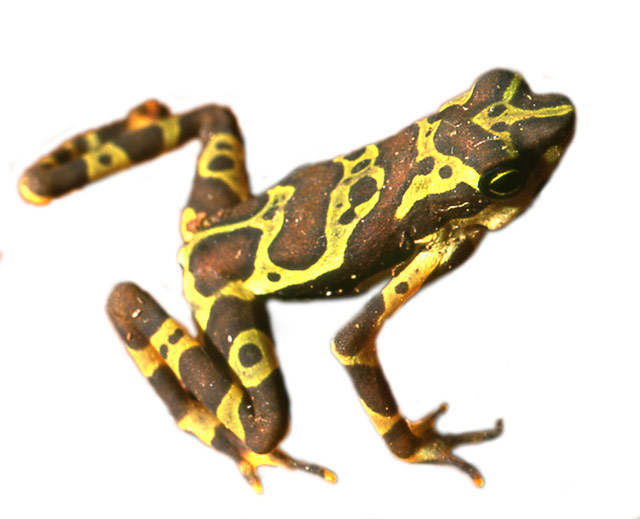
The new tree of life will provide biologists with a unifying framework to the study amphibian evolution and extinction. Shown: Atelopus spurelli.
Scientists revise outdated taxonomy

It took more than six months of parallel computing time to crunch genetic and other data to arrive at a proposed evolutionary tree.
Scientists revise outdated taxonomy
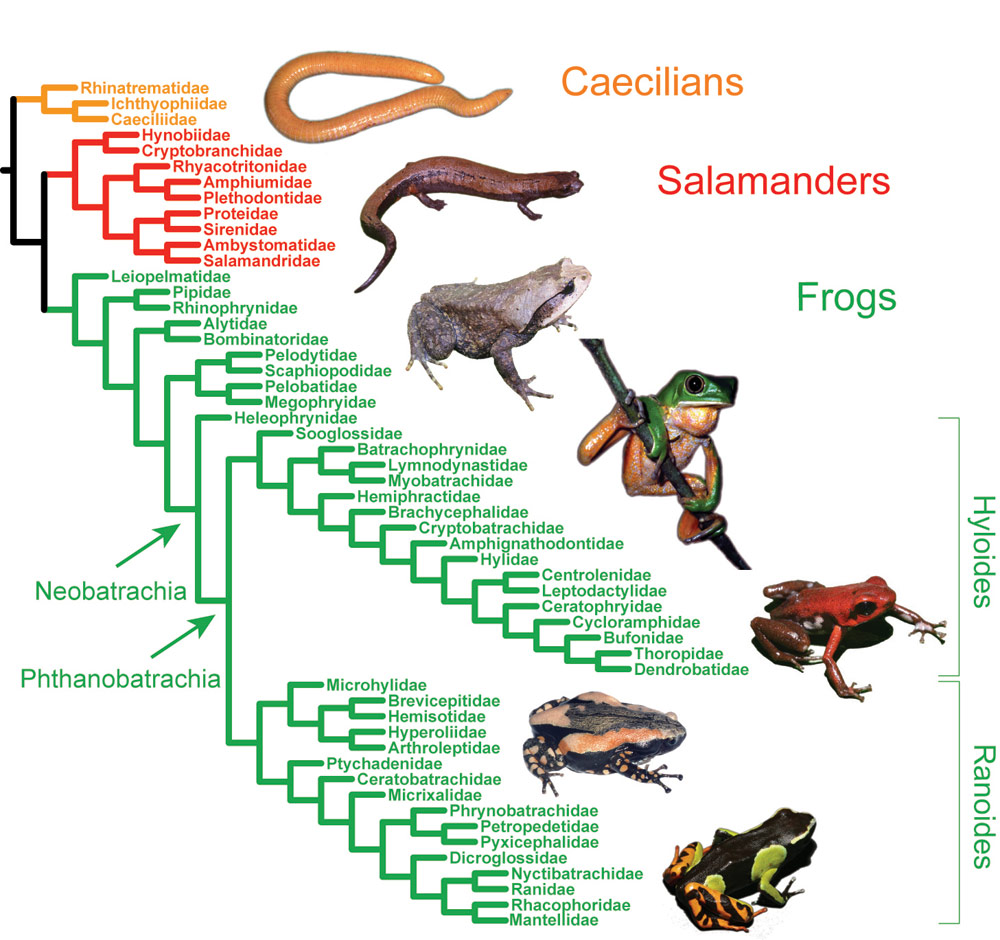
The new taxonomy names 33 new groups and 2 new families, and includes dozens of new groupings among amphibians.
Scientists revise outdated taxonomy
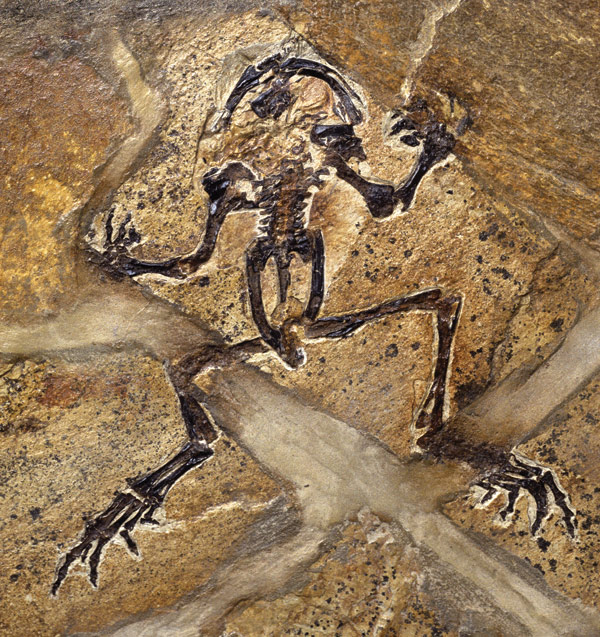
Prior knowledge of this ancient and ecologically important group of animals was speculative. A fossil frog, Mesophryne beipiaoensis, from the Cretaceous Period from Liaoning Province, China, is shown.
Scientists revise outdated taxonomy
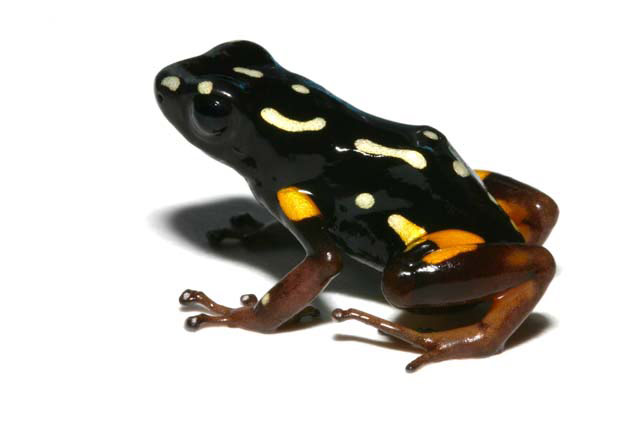
The number of recognized amphibian species has grown enormously in recent years and has included the discovery of Dendrobates castaneoticus.
Scientists revise outdated taxonomy

Amphibian populations have undergone massive, global declines due to factors including habitat loss, as in the Western Andes, Colombia.
Get the world’s most fascinating discoveries delivered straight to your inbox.
Scientists revise outdated taxonomy

Another factor in the global decline of amphibians is the fragmentation of populations into smaller groups isolated in the remaining habitat fragments, such as these forest patches in the Western Andes.
Scientists revise outdated taxonomy
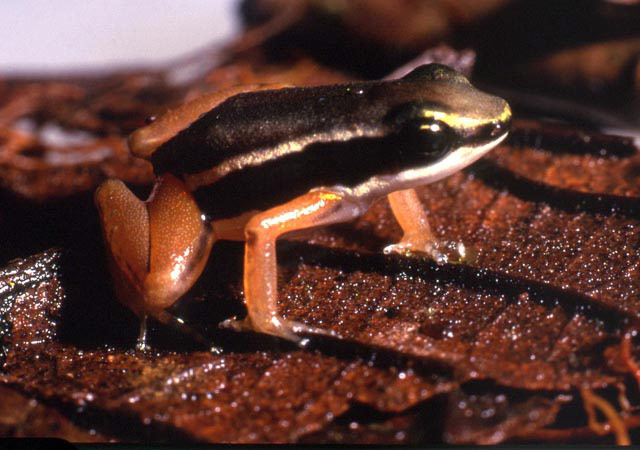
Some declines are the result of a fungal disease that can occur in amphibians that live along streams, such as Colosthesus nubicola.
Scientists revise outdated taxonomy
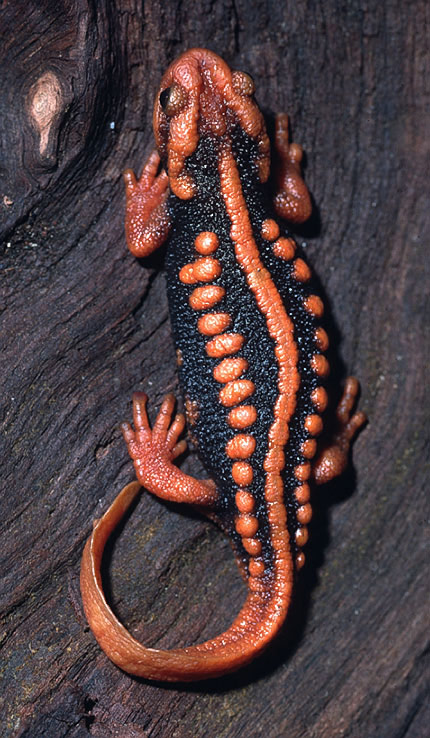
The new tree was based on data from 522 amphibian species, with equivalent samples of frogs, caecilians, and salamanders and newts. Tylototriton shanjing, or Mandarin newt, shown.
Scientists revise outdated taxonomy

Caecilians are amphibians that resemble snakes without external scales. Shown: Caecilia thompsoni.


